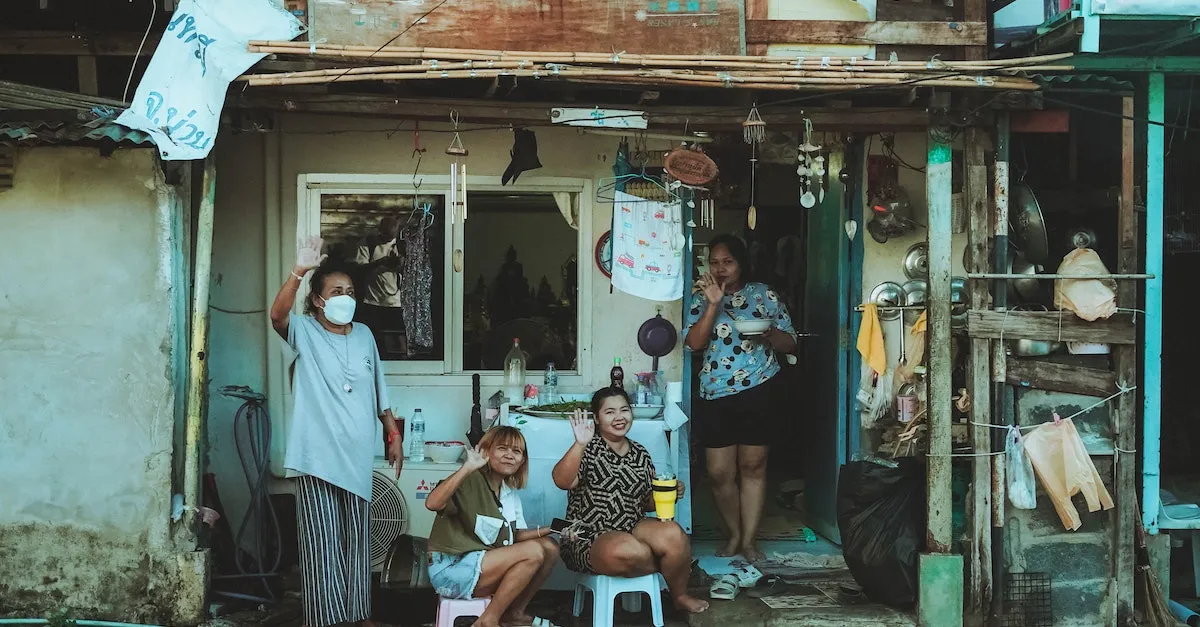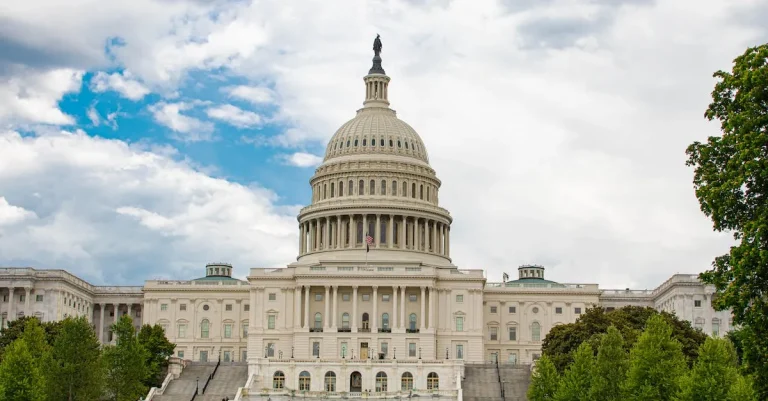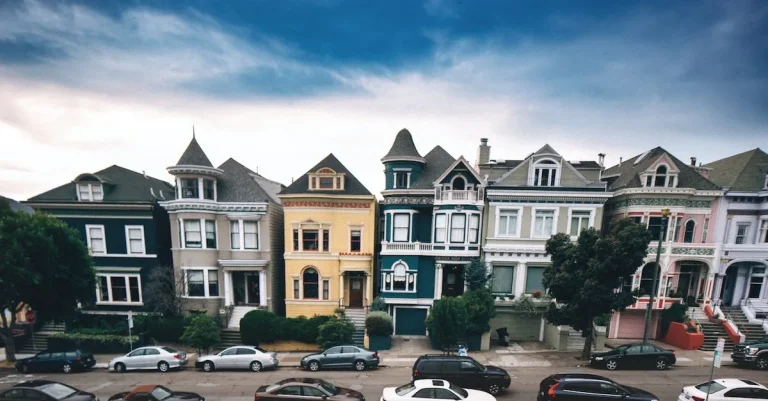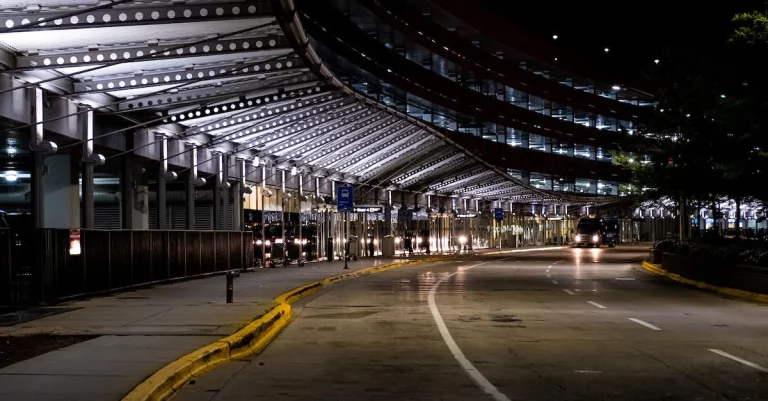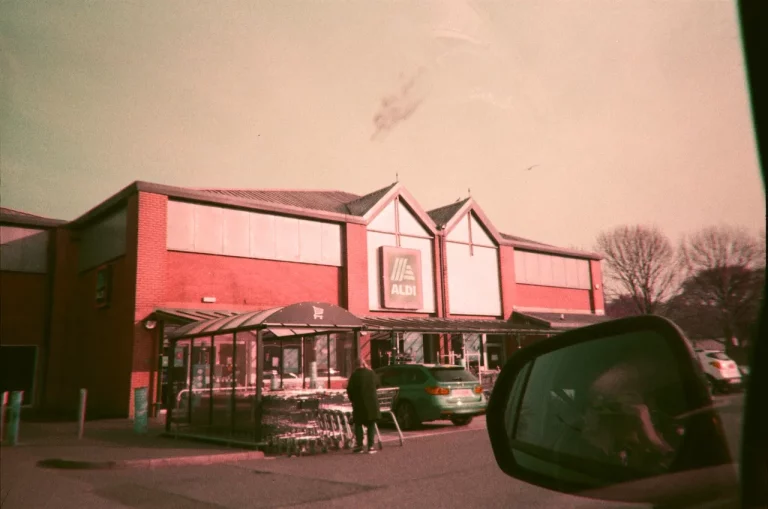Skid Row San Francisco: Understanding The City’S Homeless Crisis
San Francisco’s homeless crisis and open drug use on city streets has led to the formation of a ‘Skid Row’ area frequented by the city’s large homeless population. The Tenderloin neighborhood in particular has become a makeshift Skid Row with rampant issues of poverty, crime, addiction and mental illness.
If you’re short on time, here’s a quick answer: San Francisco’s Skid Row emerged predominantly in the Tenderloin area downtown where thousands of homeless people congregate daily due to cheap SRO hotels and accessibility to social services, despite poor sanitation, crime, and drug use.
In this comprehensive guide, we will dive deep into San Francisco’s Skid Row crisis by exploring the history and current state of homelessness in the city, looking at causes and key statistics, analyzing the role of the Tenderloin specifically as the city’s Skid Row, and examining what solutions are being implemented to try to address this complex humanitarian issue.
History and Background of SF Homelessness
San Francisco has long been grappling with a significant homelessness issue, with the area known as Skid Row being a focal point. Understanding the history and background of homelessness in the city can shed light on the complexities of this crisis and the factors that have contributed to its persistence.
Homelessness in the 1980s and 90s
In the 1980s and 90s, San Francisco, like many other cities across the United States, experienced a rise in homelessness. The deinstitutionalization of mental health facilities, coupled with economic downturns and cuts to social welfare programs, led to a surge in individuals living on the streets.
Skid Row, located in the Tenderloin neighborhood, became a hub for the homeless population.
During this period, the lack of affordable housing options and adequate support services further exacerbated the issue. Many homeless individuals struggled with substance abuse, mental health issues, and other barriers to finding stable housing.
Tech Boom and Housing Crisis
The tech boom in the 2000s brought significant wealth and economic growth to San Francisco. However, it also led to a skyrocketing cost of living, making housing unaffordable for many residents. Gentrification and rising rents pushed long-time residents out of their homes, increasing the risk of homelessness.
The housing crisis, coupled with the lack of affordable housing initiatives, contributed to the growing homeless population in the city. As the gap between the wealthy and the marginalized widened, Skid Row became even more overcrowded, with makeshift tents and encampments becoming a common sight.
Current Statistics on SF Homeless Population
The current homeless crisis in San Francisco is a pressing issue that requires attention and action. According to the 2019 San Francisco Homeless Count, there were approximately 8,035 homeless individuals in the city, a 17% increase from the previous year.
The statistics reveal the urgency of finding sustainable solutions to address homelessness. Organizations such as the San Francisco Department of Homelessness and Supportive Housing are working towards implementing strategies to provide housing, healthcare, and social services to those in need.
Understanding the history and background of homelessness in San Francisco allows us to better comprehend the complexities of the issue. It is crucial for policymakers, community organizations, and individuals to come together to find innovative and compassionate solutions to help those experiencing homelessness in the city.
Causes and Factors of Homelessness
Understanding the causes and factors behind homelessness in San Francisco is crucial in addressing the city’s homeless crisis. Several factors contribute to the high number of individuals living on the streets, including:
Unaffordable Housing Costs
One of the primary causes of homelessness in San Francisco is the unaffordable housing costs. The city has one of the highest housing prices in the country, making it difficult for low-income individuals and families to find stable and affordable housing.
According to a report by HUD, the cost of renting a two-bedroom apartment in San Francisco is over $3,500 per month. This exorbitant cost forces many people to choose between paying rent and meeting other basic needs, often leading to homelessness.
Untreated Mental Illness and Addiction
Mental illness and addiction are significant factors contributing to homelessness in San Francisco. Many individuals experiencing homelessness struggle with untreated mental health conditions, making it challenging for them to maintain stable employment and housing.
Substance abuse also plays a role, as addiction can lead to job loss, strained relationships, and ultimately, homelessness. It is crucial for the city to invest in mental health services and addiction treatment programs to address these underlying issues and provide support to those in need.
Other Contributing Causes
In addition to unaffordable housing costs and untreated mental illness and addiction, there are other contributing causes to the homeless crisis in San Francisco. These include job loss, a lack of affordable healthcare, domestic violence, and the absence of a strong social support network.
It is essential to recognize and address these contributing factors in order to develop comprehensive solutions to homelessness.
By understanding the causes and factors behind homelessness in San Francisco, we can work towards implementing effective strategies and policies to address the crisis and provide assistance to those in need.
It requires collaboration between government agencies, non-profit organizations, and the community to create affordable housing options, improve access to mental health services, and tackle the underlying issues that lead to homelessness.
The Tenderloin as Skid Row
The Tenderloin neighborhood in San Francisco has gained notoriety as the city’s own version of Skid Row. This area, located in the heart of downtown, is known for its high concentration of homelessness, poverty, and social issues.
Understanding the dynamics of the Tenderloin is crucial in comprehending San Francisco’s larger homeless crisis.
Demographics and Living Conditions
The Tenderloin is home to a diverse population, with a mix of individuals experiencing homelessness, low-income families, and marginalized communities. With a limited supply of affordable housing, many residents are forced to live in small, cramped apartments or in single-room occupancy (SRO) hotels.
These living conditions often lack basic amenities and are plagued by issues such as pests, inadequate sanitation, and unsafe structures.
According to recent statistics from the San Francisco Department of Homelessness and Supportive Housing, the Tenderloin has one of the highest rates of homelessness in the city. It is estimated that around 15% of San Francisco’s homeless population resides in this neighborhood.
This staggering number highlights the urgent need for comprehensive solutions to address the housing crisis and provide support services to those in need.
Crime, Drugs, and Public Health Concerns
The high poverty and homelessness rates in the Tenderloin have contributed to an increase in crime and public health concerns. Drug addiction and related activities are prevalent in the area, leading to an unsafe environment for both residents and visitors.
The open drug trade and drug use on the streets have become a common sight, contributing to a cycle of instability and public health risks.
The concentration of homeless individuals and limited access to adequate healthcare also exacerbate public health concerns. Issues such as poor sanitation, the spread of infectious diseases, and mental health challenges are prevalent in the neighborhood.
Organizations like the San Francisco Department of Public Health and local nonprofits work tirelessly to provide outreach, harm reduction services, and support to vulnerable individuals in the community.
Policing and Safety in the Tenderloin
The Tenderloin presents unique challenges for law enforcement due to the complex social issues intertwined with homelessness and poverty. The San Francisco Police Department has increased its presence in the area to address crime and safety concerns.
However, the approach to policing in the Tenderloin has been a topic of debate, with some advocating for a more compassionate and holistic approach that considers the underlying causes of homelessness and poverty.
Community organizations, such as the Tenderloin Community Benefit District, work alongside law enforcement to improve safety and create a sense of community. Initiatives like foot patrols, street cleaning, and community engagement programs aim to foster positive change and improve the quality of life for both residents and businesses in the neighborhood.
Understanding the Tenderloin as Skid Row provides insight into the complexities surrounding San Francisco’s homeless crisis. It highlights the urgent need for comprehensive solutions that address affordable housing, healthcare, and social support services.
Efforts to alleviate homelessness in the Tenderloin can serve as a model for tackling the larger issue of homelessness in the city.
Government and Community Efforts to Address Crisis
The homeless crisis in San Francisco, particularly in the Skid Row area, has been a longstanding issue that requires a multi-faceted approach to effectively address. Both the government and the local community have initiated various efforts to tackle this crisis and provide the necessary support and resources to those in need.
Supportive Housing Initiatives
One of the key strategies employed by the government is the implementation of supportive housing initiatives. These programs aim to provide stable and affordable housing options for individuals experiencing homelessness.
Through partnerships with nonprofit organizations and housing developers, the city has been able to create thousands of supportive housing units in the Skid Row area. These units not only provide a safe and stable living environment but also offer access to vital services such as healthcare, counseling, and job training.
According to a report by the San Francisco Department of Homelessness and Supportive Housing, supportive housing programs have shown promising results in reducing homelessness rates and improving the overall well-being of individuals.
The report highlights that individuals who have been placed in supportive housing have a higher chance of successfully transitioning out of homelessness and maintaining stable housing in the long term.
Mental Health and Rehab Programs
Recognizing that homelessness is often intertwined with mental health issues and substance abuse, the city has also implemented various mental health and rehab programs. These programs aim to provide comprehensive support to individuals struggling with mental health disorders and addiction, offering them the opportunity to receive the necessary treatment and rehabilitation services.
Through partnerships with mental health organizations and healthcare providers, San Francisco has established specialized clinics and outreach teams to provide on-site mental health assessments, counseling, and addiction treatment to individuals living in the Skid Row area.
These initiatives aim to address the root causes of homelessness and provide individuals with the support they need to regain stability and improve their overall well-being.
Nonprofit Outreach Services
In addition to government efforts, nonprofit organizations play a crucial role in addressing the homeless crisis in San Francisco. These organizations offer a wide range of outreach services, including food assistance, healthcare screenings, and case management support.
Nonprofits such as the San Francisco-Marin Food Bank and the St. Anthony Foundation have been instrumental in providing essential resources to individuals experiencing homelessness in the Skid Row area.
These organizations not only provide immediate relief to those in need but also work towards long-term solutions by connecting individuals with housing options, employment opportunities, and other support services.
Their tireless efforts have made a significant impact on the lives of many individuals, helping them regain stability and rebuild their lives.
It is important to note that while these government and community efforts are commendable, the homeless crisis in San Francisco remains a complex issue with no easy solution. Continued collaboration and innovation are crucial to addressing the root causes of homelessness and providing sustainable solutions for individuals in need.
Conclusion
In conclusion, San Francisco’s Skid Row centered on the Tenderloin exists due to an escalating homelessness crisis fueled by rising housing costs, untreated mental illness and addiction, and other economic disparities. While the city has increased efforts in recent years to construct supportive housing and expand social services, the human toll witnessed daily on the city’s streets makes it clear much more work needs to be done to adequately address this complex issue.
With more collaboration between government agencies, nonprofits, and the tech industry whose boom contributed to the problem, there is hope that constructive solutions can emerge to help rein in the crisis and restore dignity and stability to the thousands of individuals living without shelter on the city’s central Skid Row.

